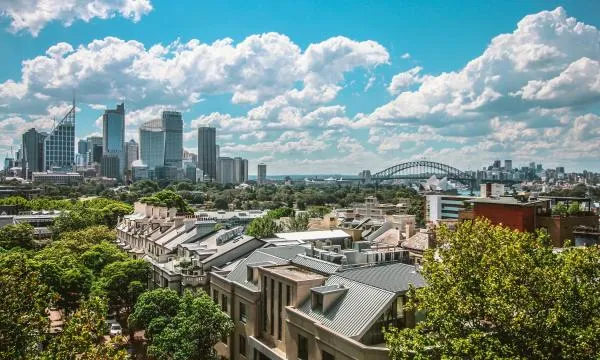
Sydney's residential vacancy rates show 'clear dichotomy': JLL
Inner city areas have higher vacancies, whilst those in outer ring suburbs remain low and rents for houses are growing.
Owner occupier demand has rebounded strongly in Sydney in recent months, supported by record low interest rates, ‘HomeBuilder’ and a range of other government incentives, particularly for first-time homebuyers. According to JLL, the majority of this demand has been directed towards the detached housing market, whereas the apartment market has not seen the same dramatic increase in buyer demand.
However, apartment pre-sales demand remains soft, reflecting weaker investor demand. Developers are also still competing against unsold residual stock from the last construction cycle, while building defect issues and COVID-19 have also dampened sentiment toward high-density apartment living in Sydney.
Supply is falling sharply and will likely stay low for some time
Development conditions were already tough before COVID-19 and it was difficult to progress new projects in the soft pre-sales environment. As such, supply was always going to fall further in 2021 and 2022. While optimism among developers was starting to rise for the next cycle, pre-COVID, the pandemic is likely to keep pre-sales muted and prolong the supply downturn.
There is a clear dichotomy in vacancy across Sydney. Vacancy in inner city areas is high due to lower demand, as well as absorbing strong recent apartment completions and the addition of short-term rental stock. This has been putting strong downward pressure on rents. Comparatively, vacancy in outer ring suburbs remains low and rents for houses are growing.
Apartment values and yields face further downward pressure
Median gross apartment yields were 3.6% in 3Q20, according to CoreLogic, which is around 0.1% bps lower than a year ago. This is as a result of apartment rents declining sharply, and far out-stripping declines in apartment values, which are still higher over the past year, despite recent falls.
Apartment prices have declined for several months and this could continue to do so in the short term, while the decline in rents has begun to slow. As such, median yields are likely to be a little more stable over the near term. Over the medium term, we expect that the recovery in rental growth may eventually start to exceed price growth and see some moderate increase in yields.
Outlook: Headwinds to remain in the short term
While confidence is growing across the broader housing market, it is likely that apartment price growth will remain under pressure in the short term. The market is still absorbing stock from the tail end of the last supply wave and developers are still often offering discounts to clear stock. This is likely to continue to dampen existing apartment prices in the near term.
While the worst appears over for Sydney’s rental market, conditions are likely to remain soft in the short term while population growth is inhibited. Once migration resumes, it is likely that stronger demand will be met with low levels of new supply and that some stock will convert back to the short-term rental market, which could see the market tighten relatively quickly and rental growth resume.
Note: Sydney Residential refers to Inner Sydney apartments. Price and yield data sourced from CoreLogic. Rental and vacancy data sourced from the Real Estate Institute of New South Wales.






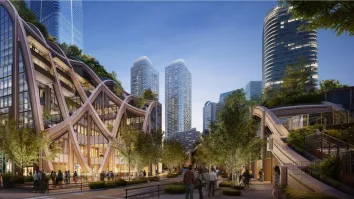


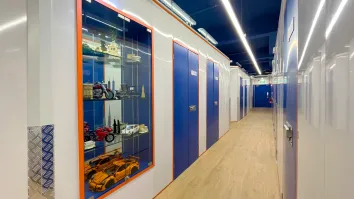




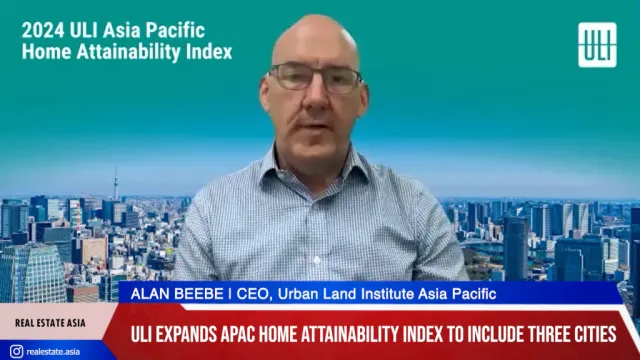

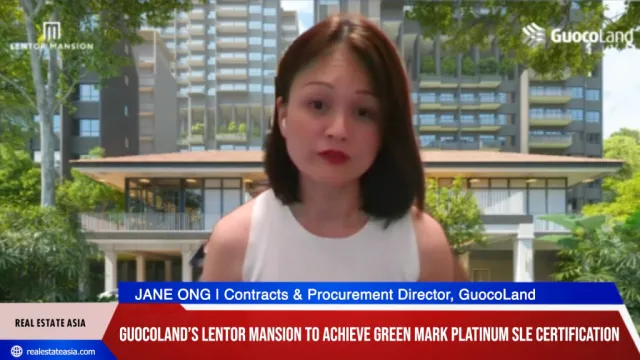
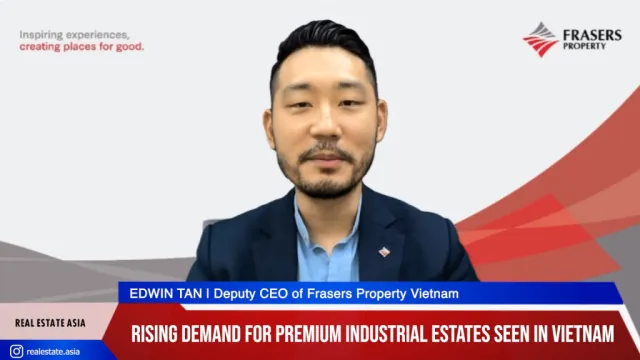

 Advertise
Advertise






